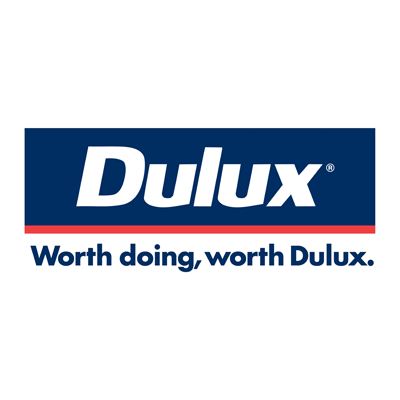They think they are doing the right thing by washing their brushes and rollers under a hose in their garden but do not realise they are polluting their local streams. Paint contamination in waterways can consume oxygen which affects fish badly not to mention the visual affront.
When painting at home the following method should be used; brushes and rollers should be scraped of paint then washed in a bucket of water (for water-based paints) or turps (for solvent based paints), let the solids settle out overnight (or longer), pour the water onto soil/grassy area (away from waterways) and scrape the leftover solids onto newspaper/absorbent rags/kitty litter. Allow the solids to dry then place in household waste.
For solvent-based paints the same process can be applied but the solvent with settled paint solids should be decanted into a fresh container and be used for further cleaning rather than poured onto soil.
The sewer system (the sinks inside your house) can cope with a small amount of water-based paint washings but this relies on similar bacterial processes to convert the waste stream into water clean enough for discharge to the sea. Some treatment plants are designed to cope with larger volumes than others. At the moment the ECAN in Christchurch is concerned at the potential volume of paint washings with so much remedial work expected. Also there is concern that the pipes may be damaged with leaking possible. In some areas of NZ the sewer pipes are not connected to treatment plants either (sumps etc.) so the best advice is to treat washings as mentioned above.
At construction sites sewer plumbing might not be functioning yet. Painting contractors have a couple of options. They can wash their brushes and rollers as mentioned above or they can use a system like an Enviro-wash unit. This ensures that paint washings are handled responsibly and is a very good option for professional painters.
Specifiers can ensure that contractors use responsible methods on-site through including the requirement to use a treatment unit in specifications.




























 Most Popular
Most Popular Popular Products
Popular Products



